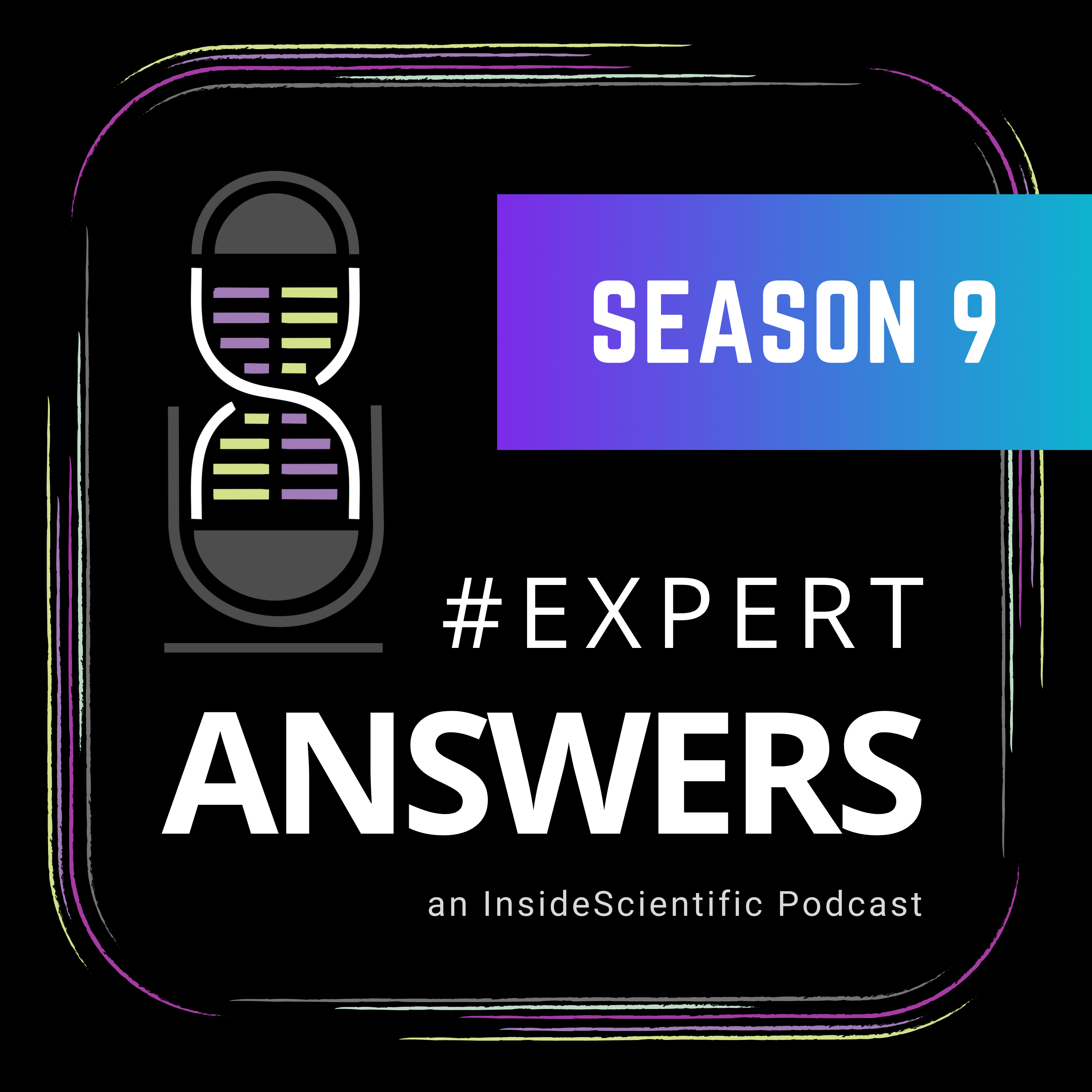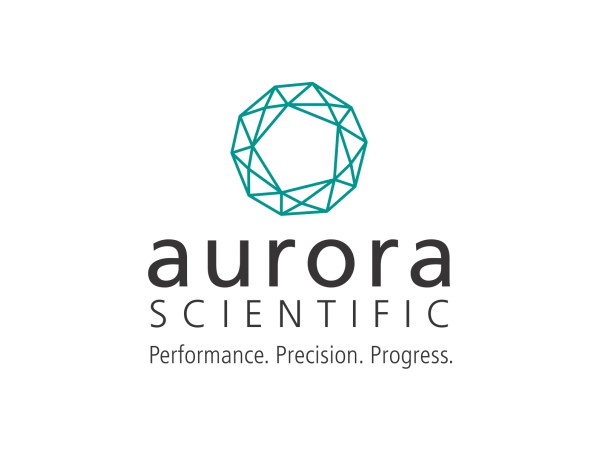Watch Dr. Sarah Greising discuss the current pathophysiologic understanding of the skeletal muscle remaining following traumatic musculoskeletal injuries.
Volumetric muscle loss (VML) injuries result in the abrupt loss of skeletal muscle fibers, causing chronic functional disability in part due to limited muscle regeneration and vast co-morbidities. With a focus on clinically relevant outcome measurements for skeletal muscle function in both small and large animal models of VML injury, this webinar presents various near-term interventions for the restoration of tissue function following complex injuries. Interventions evaluated focus on regenerative rehabilitation approaches using regenerative pharmaceuticals to correct underlying muscle pathophysiology.
Key Topics Include:
- Understand the pathophysiologic limitations of volumetric muscle loss injuries
- Appreciate the importance and necessity of evaluating treatment strategies in large animal models of injury for translational purposes
- Understand the tools used to evaluate in vivo torque
- Understand how data on a primary function of muscle can be transformative across species and fields
Resources
To retrieve a PDF copy of the presentation, click on the link below the slide player. From this page, click on the “Download” link to retrieve the file.
Presenters
Associate Professor
Kinesiology
University of Minnesota












